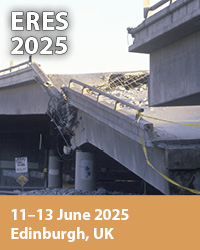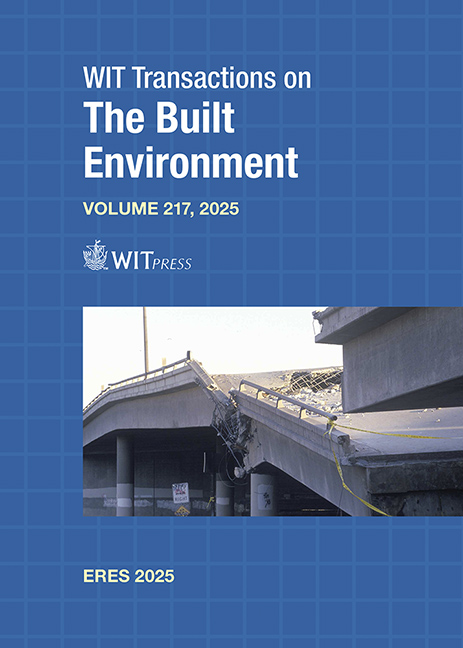FACING CONTEMPORANEOUS CRISES: A CULTURAL, IDENTITY AND TECHNICAL ISSUE
Price
Free (open access)
Transaction
Volume
217
Pages
12
Page Range
109 - 120
Published
2025
Paper DOI
10.2495/ERES250101
Copyright
Author(s)
MARICHELA SEPE
Abstract
The increasing frequency of overlapping risks – such as seismic events, depopulation, pollution and socio-cultural decline – calls for new, integrated approaches to urban resilience and adaptation. This study introduces and applies the concepts of multi-resilience and multi-adaptation, defined respectively as the capacity to respond to simultaneous risks through place-sensitive, inclusive strategies and the ability to reach a renewed equilibrium under complex, unpredictable conditions. Developed within the framework of the PRIN 2020 SUMMA project (#20209F3A37), the study proposes a structured, tenstep methodology for analyzing and redesigning public spaces in multi-risk contexts. The process includes the identification of coexisting risks, contributing factors, user perceptions and local assets, leading to the construction of integrated mosaic-maps. These tools synthesize spatial, social and cultural data to guide the formulation of adaptive interventions. The method is tested in two historic towns in the Lazio region of central Italy – Cittaducale and Leonessa – both affected by the 2016 earthquake but characterized by different levels of physical damage and socio-economic fragility. Through fieldwork, qualitative surveys, spatial analysis and community engagement, the study identifies specific vulnerabilities (e.g., seismic risk, depopulation, loss of identity) and context-based opportunities for sustainable regeneration. The proposed interventions include flexible reuse of public spaces, thematic cultural routes and integration of digital tools for risk communication and heritage valorization. A key outcome of the methodology is the multiadaptation place index (MPI), a composite indicator that evaluates a territory’s capacity to absorb, adapt and transform under multiple risk conditions. The MPI is calculated by subtracting a weighted score of risks from the sum of identified adaptive assets – such as underused spaces, cultural value and infrastructural flexibility. The resulting index offers a concrete tool for comparing and prioritizing interventions across territories, highlighting areas with the highest potential for sustainable transformation.
Keywords
multirisk, multiresilience, multiadaptation, multiadaptation place index, sustainability





